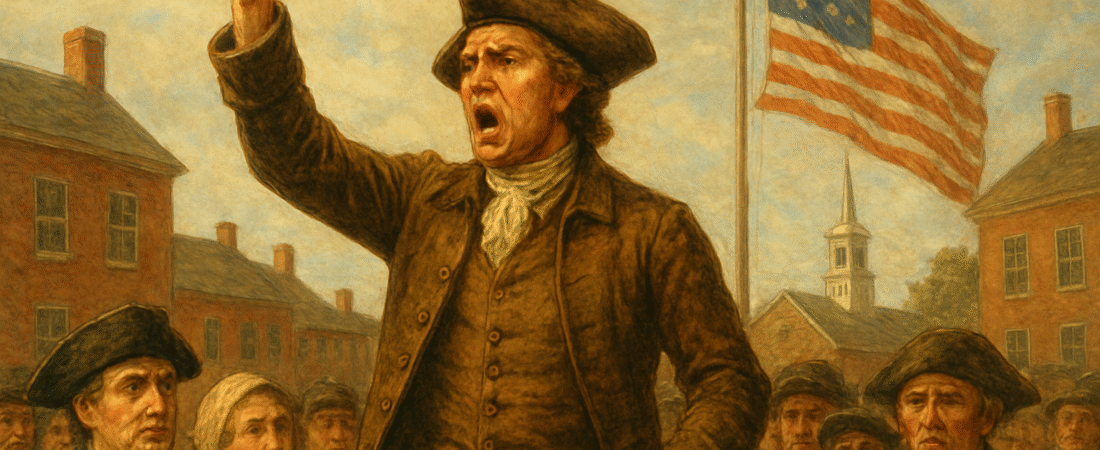The Origins of Censorship in Colonial America
The concept of censorship in colonial America can be traced back to the control exercised by both colonial governments and religious institutions. In the early years of settlement, authorities sought to impose order and maintain societal norms, viewing censorship as a means to suppress dissent and regulate public morality. The prevailing belief was that unchecked expression could lead to rebellion and chaos, prompting leaders to monitor and restrict the dissemination of ideas that threatened their power.
A notable instance of this struggle for control can be seen in the landmark case of John Peter Zenger in 1735. Zenger, a printer in New York, found himself at the center of a legal battle when he published articles criticizing the colonial governor, William Cosby. Zenger was charged with seditious libel, leading to a trial that would come to be regarded as pivotal in American legal history. His attorney, Andrew Hamilton, argued that truth should be a defense against libel. This defense not only resulted in Zenger’s acquittal but also set a crucial legal precedent that would influence the future of press freedoms and the limits of censorship.
The ideals of freedom of expression espoused during this period were often at odds with the enforcement of censorship. This tension became particularly evident with the introduction of the Alien and Sedition Acts in 1798, which aimed to silence political dissent during an era of heightened national security concerns. The acts made it illegal to publish “false, scandalous, and malicious writing” against the government, reflecting the fluctuating dynamics between protecting civil liberties and ensuring governmental authority. Such measures highlighted the ongoing struggle to reconcile the aspirations for freedom with the realities of legal restrictions, revealing the complex nature of censorship in shaping political discourse in early America.
The Legal Evolution of Free Speech and Its Limits
The trajectory of free speech in the United States has been shaped by various legal frameworks and interpretations, evolving significantly since the nation’s founding. Initially, the concept of free speech was not robustly protected, as early legal systems allowed for considerable restrictions based on social norms and governance needs. The founding documents established a baseline for free expression, yet, the application tended to favor state interests over individual rights, which led to the implementation of laws that limited dissenting speech.
The First Amendment, ratified in 1791, articulates a commitment to protect free speech, yet its interpretation has undergone substantial changes over time. In the early 20th century, landmark Supreme Court cases began to emerge that reframed free speech as an essential democratic principle, rejecting prior models that prioritized order and cohesion over individual expression. For example, cases such as Schenck v. United States highlighted the need for a balance between national security and free speech, introducing the ‘clear and present danger’ test, which allowed the government to restrict speech under specific circumstances.
As jurisprudence evolved, the Supreme Court further delineated categories of speech, recognizing that certain forms, such as obscenity and defamation, were not afforded the same protections. The decisions formulated a nuanced understanding of free expression, balancing political speech—a critical component of democracy—against societal interests and moral standards. Moreover, cases like Tinker v. Des Moines Independent Community School District in 1969 underscored the importance of protecting student expression, expanding the understanding of free speech rights in various contexts.
Through careful legal analysis and evolving societal values, the framework surrounding free speech protections has become increasingly comprehensive, reflecting an ongoing effort to reconcile individual rights with communal responsibilities. This historical lens illustrates the complexities and ongoing debates characterizing freedom of speech in America.
Privacy Protections: The Fourth Amendment and Its Modern Implications
The Fourth Amendment to the United States Constitution serves as a critical safeguard against unreasonable searches and seizures. This fundamental right has been shaped extensively by significant legal precedents, particularly as technology has progressed and transformed the nature of privacy. As individuals increasingly store personal information on digital devices and cloud services, the implications of the Fourth Amendment have expanded into the realm of electronic privacy, raising important questions about what constitutes a reasonable expectation of privacy in contemporary society.
One pivotal case in this evolution is Riley v. California (2014). This Supreme Court decision ruled that law enforcement officials cannot search a cell phone without a warrant, thereby affirming that digital devices hold a vast amount of personal information that deserves protection under the Fourth Amendment. The Court recognized that modern smartphones, encompassing extensive personal data, have effectively reshaped privacy concerns. This landmark ruling underscored the necessity of adapting legal frameworks to safeguard individual rights in light of technological advancements.
Another significant ruling, Carpenter v. United States (2018), further clarified the extension of Fourth Amendment protections into the digital sphere. The Court held that accessing historical cell phone location data constitutes a search under the Fourth Amendment, thus requiring a warrant for such access. This decision highlighted the growing awareness that societal expectations of privacy have evolved alongside technology. As individuals increasingly depend on devices for daily activities, the legal interpretations of privacy rights are continually being redefined.
In conclusion, the Fourth Amendment remains a vital component of American privacy protections, evolving alongside emerging technologies. Landmark rulings like Riley and Carpenter have instigated crucial dialogues about privacy, individual rights, and the boundaries of governmental authority. As technology continues to develop, so too must interpretations of the Fourth Amendment to ensure the protection of personal privacy in a rapidly changing environment.
The Convergence of Technology, Surveillance, and Free Speech
The interplay between emerging technologies, surveillance practices, and free speech has become increasingly complex in the digital age. The advent of social media platforms has revolutionized how individuals communicate, share ideas, and express dissent. However, this transformation has raised significant concerns regarding privacy and the extent to which free speech can flourish. Social media, while empowering voices, also presents a double-edged sword; it serves as a surveillance tool used not only by governments but also by private corporations accumulating extensive data from users.
The implications of weak data privacy rights are profound, as they pave the way for possible infringements on individual expression and security. With the capability to monitor online interactions, the risk of unreasonable searches becomes more prominent. Citizens may find themselves under scrutiny based simply on their online presence, leading to self-censorship or a chilling effect on free speech. Coupled with the potential for such surveillance to disproportionately affect marginalized communities, the intersection between technology and civil liberties requires urgent attention.
Moreover, the relationship between the private sector and government surveillance has blurred traditional lines of accountability. Companies often collect and analyze user data, sometimes facilitating the monitoring of individuals without their explicit consent. This complicates the application of constitutional protections, as the right to privacy and the freedom of speech can become entangled in a web of corporate interests and governmental oversight.
As we navigate this rapidly evolving digital landscape, discourse surrounding robust legal frameworks becomes essential. Such frameworks must not only protect privacy and free speech rights but also adapt to the realities of modern technology. Addressing these concerns through policy and legislation will play a crucial role in ensuring that the fundamental rights of citizens are upheld amidst technological advancements and surveillance practices.
Response
-
hmmmm….. You think so?


Leave a Reply to Broseph Cancel reply